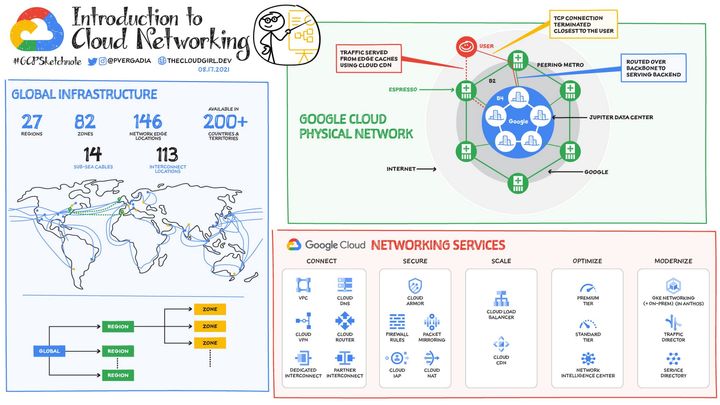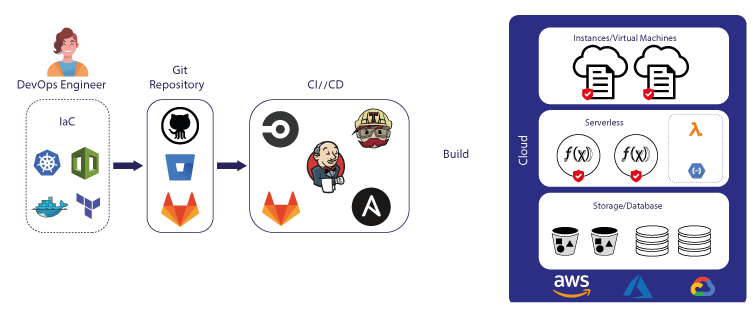Serverless: Secret Weapon for Scalability and Efficiency in The Cloud Native Era
Serverless refers to an approach in which the infrastructure that runs and scales applications is managed by a third-party service provider, rather than being handled in-house.
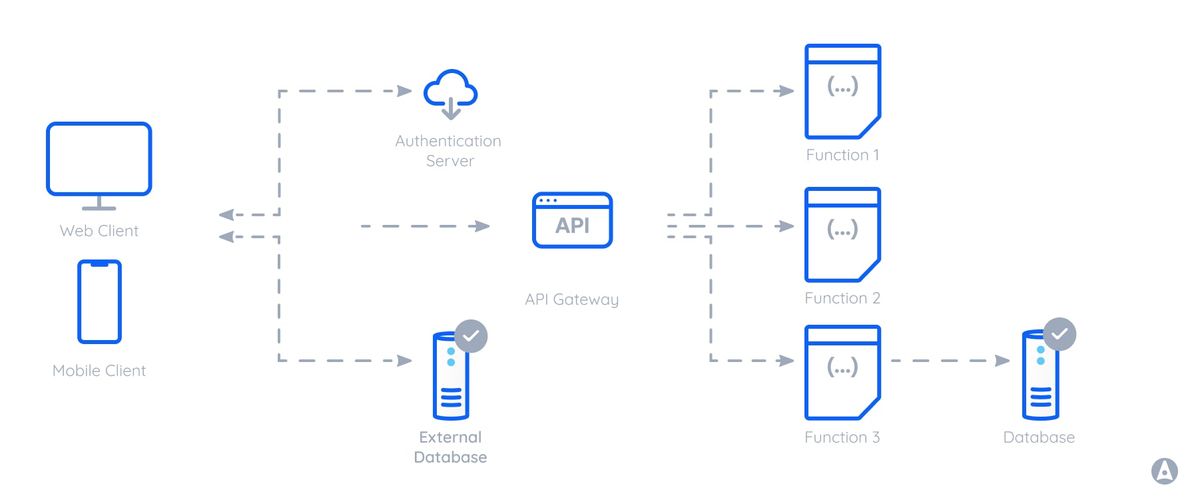
Introduction
In recent years, Serverless architecture has emerged as a game-changing innovation in the world of software development and cloud computing. This paradigm shift has revolutionized the way we build, deploy, and maintain applications, offering a new and efficient approach to managing resources.
What is Serverless
Serverless refers to an approach in which the infrastructure that runs and scales applications is managed by a third-party service provider, rather than being handled in-house. This abstraction enables developers to focus on writing code and delivering features, while the underlying servers are managed by the provider, removing the need for developers to manage and maintain them. Serverless emerged from the growing need for flexible, scalable, and cost-effective solutions in the fast-paced world of software development.
The concept of Serverless architecture was popularized with the launch of Amazon Web Services (AWS) Lambda in 2014. This event-driven computing service allows developers to run code in response to triggers like HTTP requests, changes in data, or even custom events. Since then, several other cloud providers have introduced their own Serverless platforms, further cementing the importance of Serverless in modern application development.
Serverless vs Traditional Client-server
Comparison Between and Traditional Client-Server
| Aspect | Serverless | Traditional Client-Server |
|---|---|---|
| Infrastructure | Managed by a third-party service provider | Managed in-house or by a third-party provider |
| Scalability | Automatically scales based on demand | Requires manual scaling or pre-defined scaling policies |
| Cost | Pay-as-you-go, based on usage | Fixed costs, based on provisioned resources |
| Deployment | Simplified, faster deployment process | Often more complex and time-consuming |
| Maintenance | Minimal maintenance required by developers | Regular maintenance and updates required |
| Development Focus | Developers can focus on code and features | Developers must also manage infrastructure |
In Serverless architecture, infrastructure is managed by a third-party service provider, allowing developers to concentrate on writing code and delivering features without worrying about server maintenance. This contrasts with traditional client-server architecture, where developers need to manage infrastructure in-house or work with a third-party provider.
Serverless applications automatically scale based on demand, making it easier to handle spikes in traffic or increased user loads. This is different from traditional client-server architecture, which requires manual intervention or pre-defined scaling policies to accommodate fluctuations in demand.
Cost is another key differentiator. With Serverless, you pay only for the actual usage of resources, rather than pre-allocating resources as in traditional client-server architecture. This pay-as-you-go model makes Serverless a more cost-effective solution for many organizations.
The deployment process in Serverless architecture is typically simpler and faster, as developers only need to focus on writing and deploying their code. Traditional client-server architecture often requires more complex and time-consuming deployment processes, as developers must also manage the underlying infrastructure.
Maintenance is minimal in Serverless architecture, as the third-party service provider is responsible for managing the servers. In contrast, traditional client-server architecture requires developers to perform regular maintenance and updates.
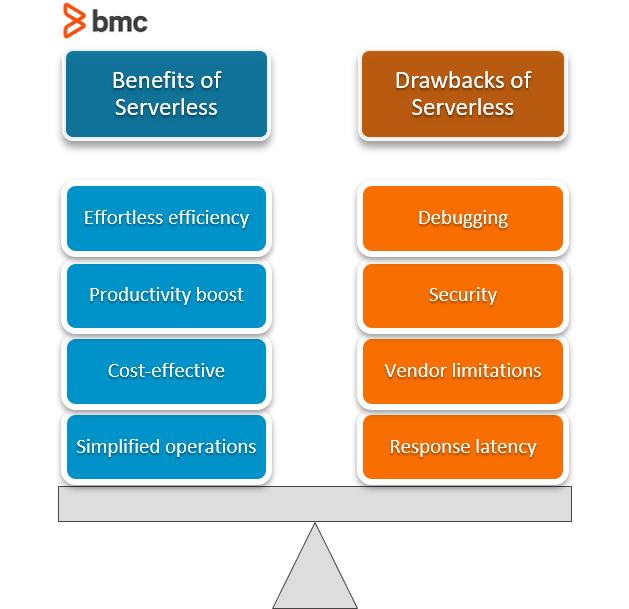
Benefits
- Cost efficiency: Serverless operates on a pay-as-you-go basis, meaning you only pay for the resources you actually use. This model can lead to substantial cost savings compared to traditional client-server architecture, where you pay for pre-allocated resources regardless of usage.
- Scalability: Serverless applications automatically scale to meet changing demands, without the need for manual intervention. This ensures that your applications can handle fluctuations in traffic and user loads efficiently.
- Flexibility: The Serverless approach allows developers to build and deploy applications more quickly and easily. This agility enables organizations to adapt to changing market conditions and deliver new features faster than ever before.
- Reduced maintenance: With Serverless architecture, the responsibility of server management is offloaded to the service provider. This means that developers can focus on writing code and delivering features, rather than managing infrastructure.
- Enhanced resource utilization: Serverless architecture allows for more efficient resource utilization, as resources are allocated and released dynamically based on demand. This eliminates the need for overprovisioning, ensuring that your applications are using resources optimally.
Serverless on Cloud Native era

In the era of Cloud Native, Serverless architecture represents a significant shift in the way applications are built and deployed. This shift is driven by the desire to increase developer productivity, improve operational efficiency, and reduce infrastructure costs. In this context, Serverless architecture is often compared and contrasted with monolithic and microservices architectures.
In a monolithic architecture, all components of an application are interconnected and interdependent. While this structure can simplify development and deployment processes, it can also create challenges, particularly as the application grows. For example, updates require redeploying the entire application, scaling often means duplicating the entire application, and a single failure can affect the entire system.
Microservices architecture addresses some of these challenges by breaking an application down into loosely coupled services. Each service encapsulates a specific business functionality and can be developed, deployed, and scaled independently. This enables teams to develop and deploy features more rapidly and in a more targeted way. However, managing many services can add complexity in terms of inter-service communication, data consistency, and distributed systems management.
Serverless architecture takes this concept a step further by decomposing applications into even smaller units: individual functions. In a Serverless model, developers write single-purpose, stateless functions that respond to certain events, such as HTTP requests. These functions run on a Serverless platform provided by a cloud provider, which automatically allocates and scales resources as needed.
Serverless on Public Cloud Provider
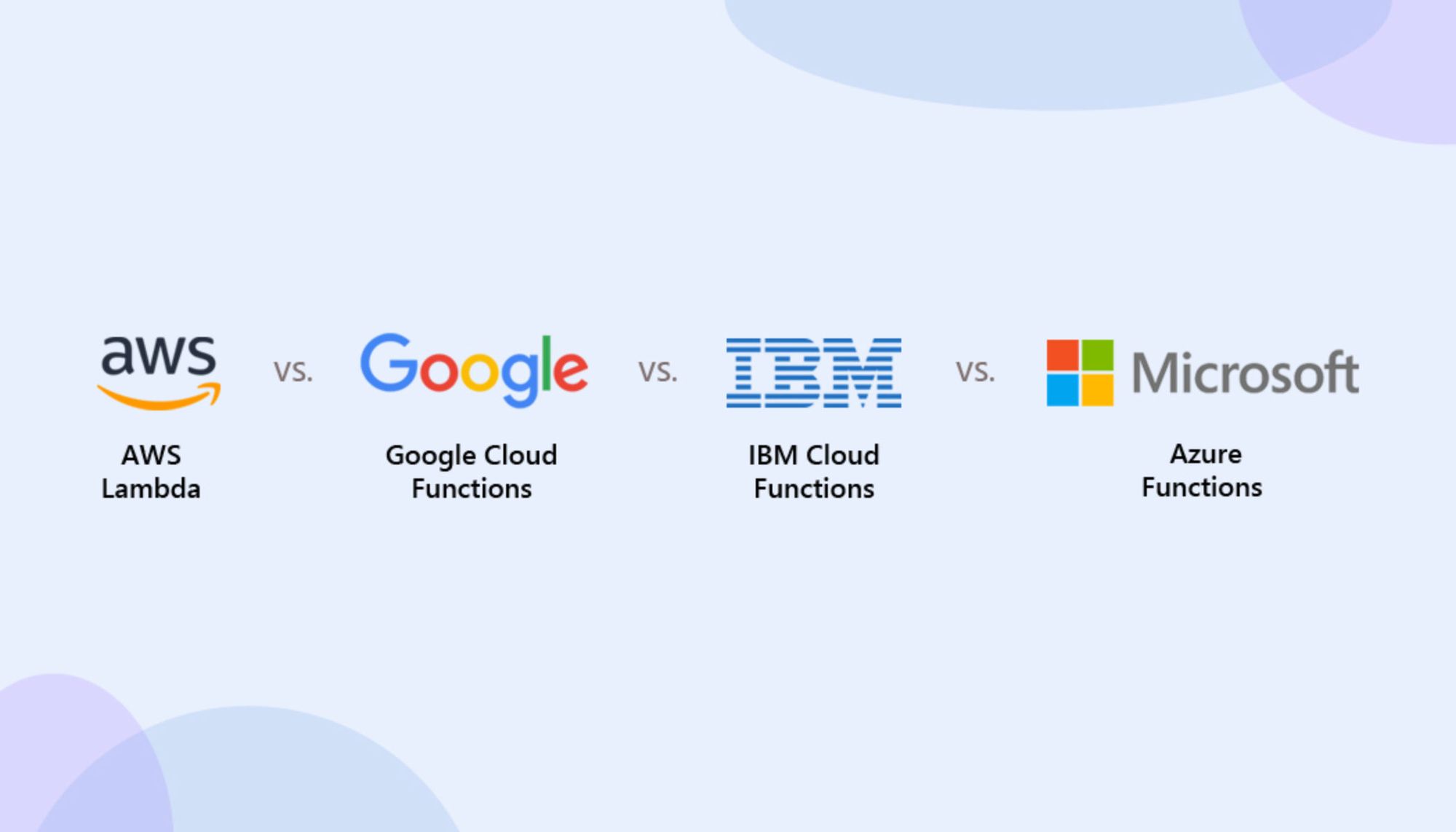
Major public cloud providers offer Serverless solutions, making it easier for organizations to adopt this architecture:
- Amazon Web Services (AWS): AWS Lambda is a Serverless compute service that allows developers to run code in response to events without provisioning or managing servers.
- Microsoft Azure: Azure Functions is a serverless platform that enables developers to build and run event-driven applications without managing the underlying infrastructure.
- Google Cloud Platform (GCP): Google Cloud Functions is a serverless execution environment that allows developers to run code in response to events, scaling automatically based on demand.
- IBM Cloud: IBM Cloud Functions is a Serverless platform that enables developers to build and deploy event-driven applications without managing servers or infrastructure.
Serverless with Open Source

In the wonderful world of Open Source, there are several open-source tools and frameworks available for building a Serverless infrastructure. Here's a list of some popular options:
- OpenFaaS (Function as a Service): OpenFaaS is a widely-used Serverless framework that enables you to build and deploy functions using containers. It is easy to use, supports multiple programming languages, and integrates with Kubernetes and other container orchestrators.
Website: https://www.openfaas.com/ - Kubeless: Kubeless is a Kubernetes-native Serverless platform that allows you to deploy small code snippets as functions without managing the underlying infrastructure. It supports multiple languages and event sources and integrates with Kubernetes seamlessly.
Website: https://kubeless.io/ - Knative: Knative is a Kubernetes-based platform that provides building blocks for serverless workloads. It enables developers to build, deploy, and manage serverless applications using familiar Kubernetes concepts and APIs.
Website: https://knative.dev/ - Apache OpenWhisk: Apache OpenWhisk is an open-source serverless platform that executes functions in response to events. It supports a wide range of programming languages and includes features like automatic scaling, resource management, and event-driven architecture.
Website: https://openwhisk.apache.org/ - Fission: Fission is a fast serverless framework for Kubernetes that allows you to write short-lived functions in any language and map them to event triggers such as HTTP requests or Kubernetes events.
Website: https://fission.io/ - Fn Project: The Fn Project is an open-source, container-native serverless platform that allows developers to build and run serverless applications. It supports multiple programming languages and provides features like automatic scaling, function versioning, and built-in observability.
Website: https://fnproject.io/ - Nuclio: Nuclio is a high-performance, Kubernetes-native serverless platform that supports real-time data processing and various programming languages. It is designed for ease of use, offering features like auto-scaling, event-driven triggers, and rapid deployment.
Website: https://nuclio.io/
These open-source tools provide the foundation for building and deploying Serverless infrastructure. By choosing a suitable tool based on your requirements, you can leverage the benefits of Serverless architecture while maintaining flexibility and avoiding vendor lock-in.
About 8grams
We are a small DevOps Consulting Firm that has a mission to empower businesses with modern DevOps practices and technologies, enabling them to achieve digital transformation, improve efficiency, and drive growth.
Ready to transform your IT Operations and Software Development processes? Let's join forces and create innovative solutions that drive your business forward.
Subscribe to our newsletter for cutting-edge DevOps practices, tips, and insights delivered straight to your inbox!

